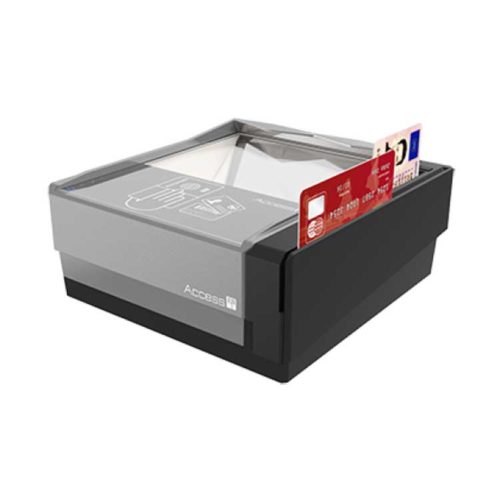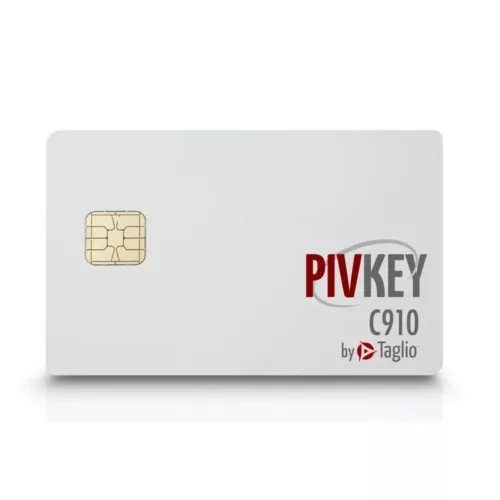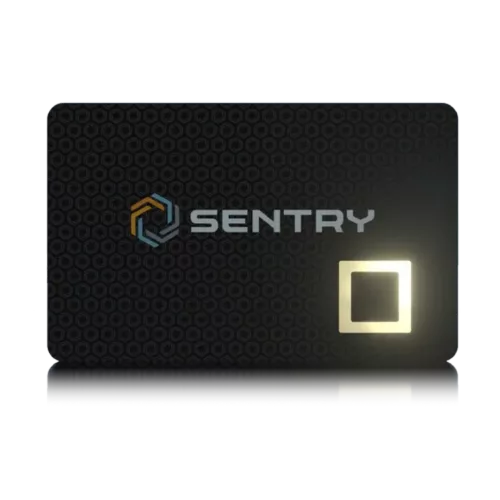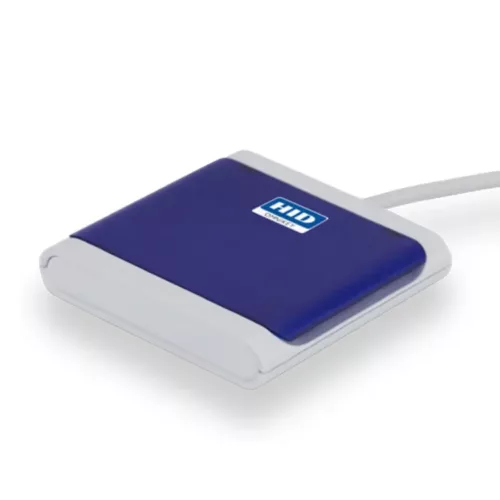Calypso is an international electronic ticketing standard for microprocessor contactless smart cards, originally designed by a group of transit operators from 11 countries including Belgium, Canada, France, Germany, Italy, Latvia, México, Portugal and others. It ensures multi-sources of compatible products, and allows for interoperability between several transport operators in the same area.
Calypso was born in 1993 from a partnership between the Paris transit operator RATP and Innovatron, a company owned by the French smartcard inventor, Roland Moreno. The key features of the scheme were patented by Innovatron. Most European transit operators from Belgium, Germany, France, Italy and Portugal eventually joined the group in the following years. The first use of the technology was in 1996.
In the same time, the international standard ISO/IEC 14443 for contactless smart cards was being designed, and the actors of Calypso strongly lobbied to have their technology included in the standard, but Innovatron’s patents—and the price of the related royalties—were not compliant with ISO’s policy. Therefore, despite their closeness, there are few significant differences between Calypso’s historical contactless protocol and ISO/IEC 14443 Type B international standard.
The European standard for ticketing data (EN1545) has also been contributed by the actors of Calypso.
After a few years of trials, the system has been generalized in the early 2000s in major European cities such as Strasbourg, Paris, Venice, Lisbon, later followed by Turin, Porto, Marseille, Lyon, and many smaller cities. Calypso is extended now in other countries such as Belgium, Israel, Canada, Mexico, Colombia, etc.
The Calypso standard supports three main product lines: Calypso Prime, Calypso Light and Calypso Basic. All products are part of the same family, with the same security mechanisms and the same unique software in the reader, to achieve the required level of protection, ensure compatibility and ease the integration.




